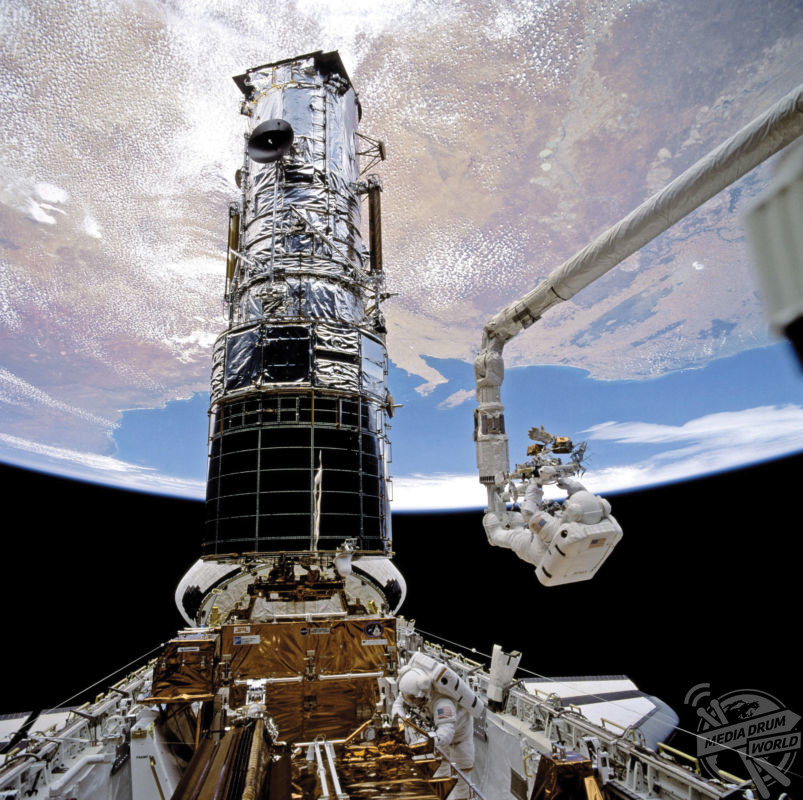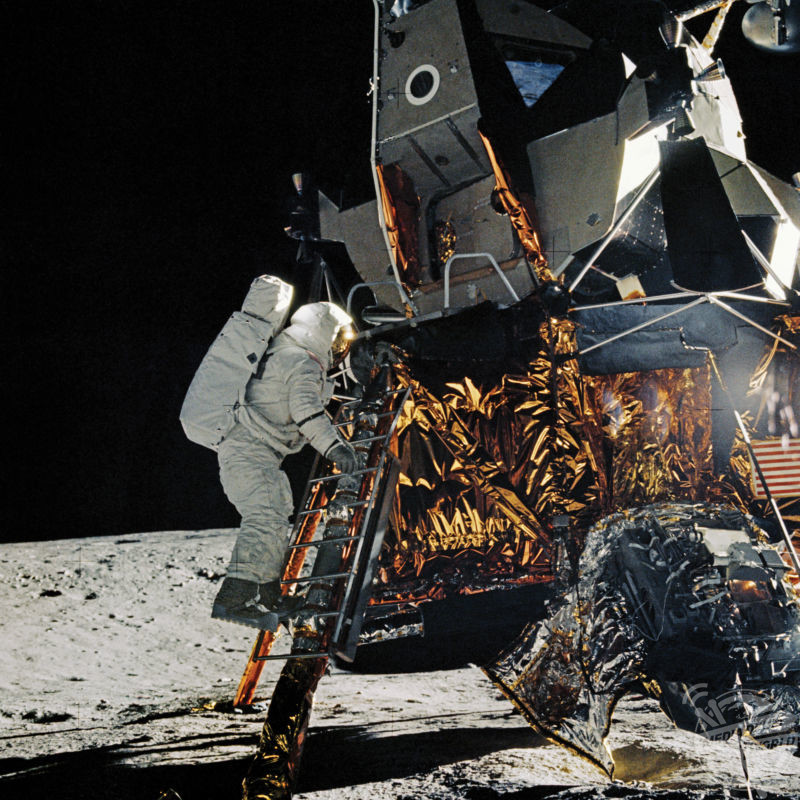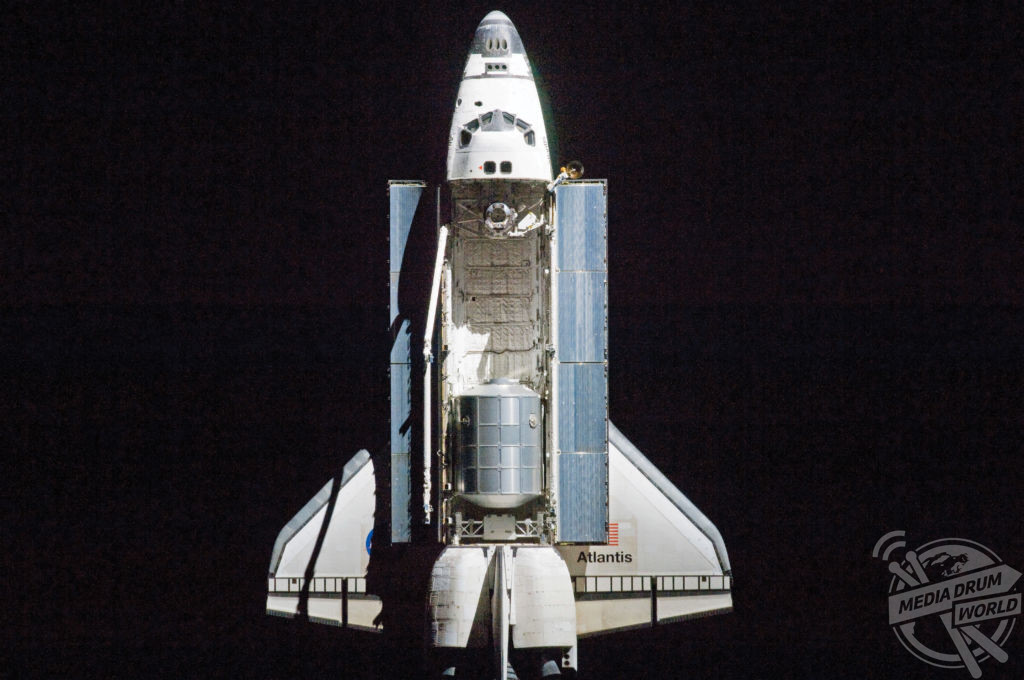
By Alex Jones
AN OUT-OF-THIS-WORLD book is a cosmic celebration of the men and machines which have smashed through Earth’s last frontier.
July 2019 marks exactly 50 years since Neil Armstrong made dusty boot prints on the surface of the Moon, undoubtedly one of humankind’s greatest achievements.
But Armstrong and his Apollo 11 crew – including Buzz Aldrin and Michael Collins – were by no means the first or last people to experience the wonders of universe outside our finely-balanced atmosphere.
Striking photos capture the dramatic launch of one of the US’s Mercury rockets, an iconic shot of Buzz Aldrin stepping down from ‘The Eagle’, and astronauts working methodically on the International Space Station against the jaw-dropping backdrop of our land-dappled globe.

The eye-catching shots are included in the recently released Spacecraft: 100 Iconic Rockets, Shuttles, and Satellites That Put Us in Space – a definitive guide to the history and wonder of manned space exploration.
“Spacecraft tells the story of a momentous period in world history, when we escaped the atmosphere, looked down at the seas and the continents, and for the first time saw the planet in all its complexity, fragility, and beauty,” said illustrator and author Giuseppe De Chiara and Michael H. Gorn.
“At the same time, we looked skyward into the heavens and saw celestial phenomena as old as creation and as transcendent as the mind can fathom.
“The daring vehicles that accomplished these missions during the last six decades —from Sputnik 1 to the James Webb telescope— represent the summation of space age exploration up to the early twenty-first century; they reflect the ongoing attempt by humanity to comprehend the workings of the universe and its parts.”
In 1957, the world looked on with both uncertainty and amazement as the Soviet Union launched Sputnik 1, the first man-made orbiter. Sputnik 1 would spend three months circling Earth every 98 minutes and covering 71 million miles in the process. This book looks at the spacecraft that have been developed and deployed since then, the boundary-pushing contraptions that represent almost unthinkable advances for such a relatively short period.

This ambitiously illustrated aerospace history profiles and depicts spacecraft from Sputnik 1 through the International Space Station, and everything in between, including concepts that have yet to actually venture outside the Earth’s atmosphere.
Dividing the book by era, De Chiara and Gorn feature spacecrafts not only from the United States and Soviet Union/Russia, but also from the European Space Agency and China.
The book also looks at what may come next for our adventures into the cosmic beyond. Could it even be a private company which makes the next ‘giant leap’ for mankind?

“[In recent years] the Russian Federal Space Agency has continued to pursue advanced and reliable rocketry – expected to carry American astronauts to and from the ISS for as many as ten years after the shuttle’s retirement in 2011 – and produced improved versions of the time-honoured Soyuz transports,” continued Spacecraft’s collaborators.
“Meantime, in the United States, NASA awarded major contracts to several small, private firms, such as SpaceX, Blue Origins, and Orbital ATK, to fabricate capsules and rockets capable of sending astronauts into space.

“Doing so presented an unprecedented challenge to one of the main orthodoxies of the space age: that only central governments reserved the right to engage in missions of discovery. And perhaps more decisive than any other recent development, the China National Space Administration became only the third country to launch its own citizens into orbit, achieving a high rate of success and making ambitious plans for the future.
“Despite this trend toward broad-based partnerships and a more crowded field of participants, a troubling question loomed over twenty-first century space exploration: Will the present pattern prevail, or will a rising tide of populism and nationalism incite a return to the early space age, when political adversaries projected their earthly antagonisms into the cosmos?”
Giuseppe De Chiara and Michael H. Gorn’s Spacecraft: 100 Iconic Rockets, Shuttles, and Satellites That Put Us in Space, published by Voyageur Press, is available here.





